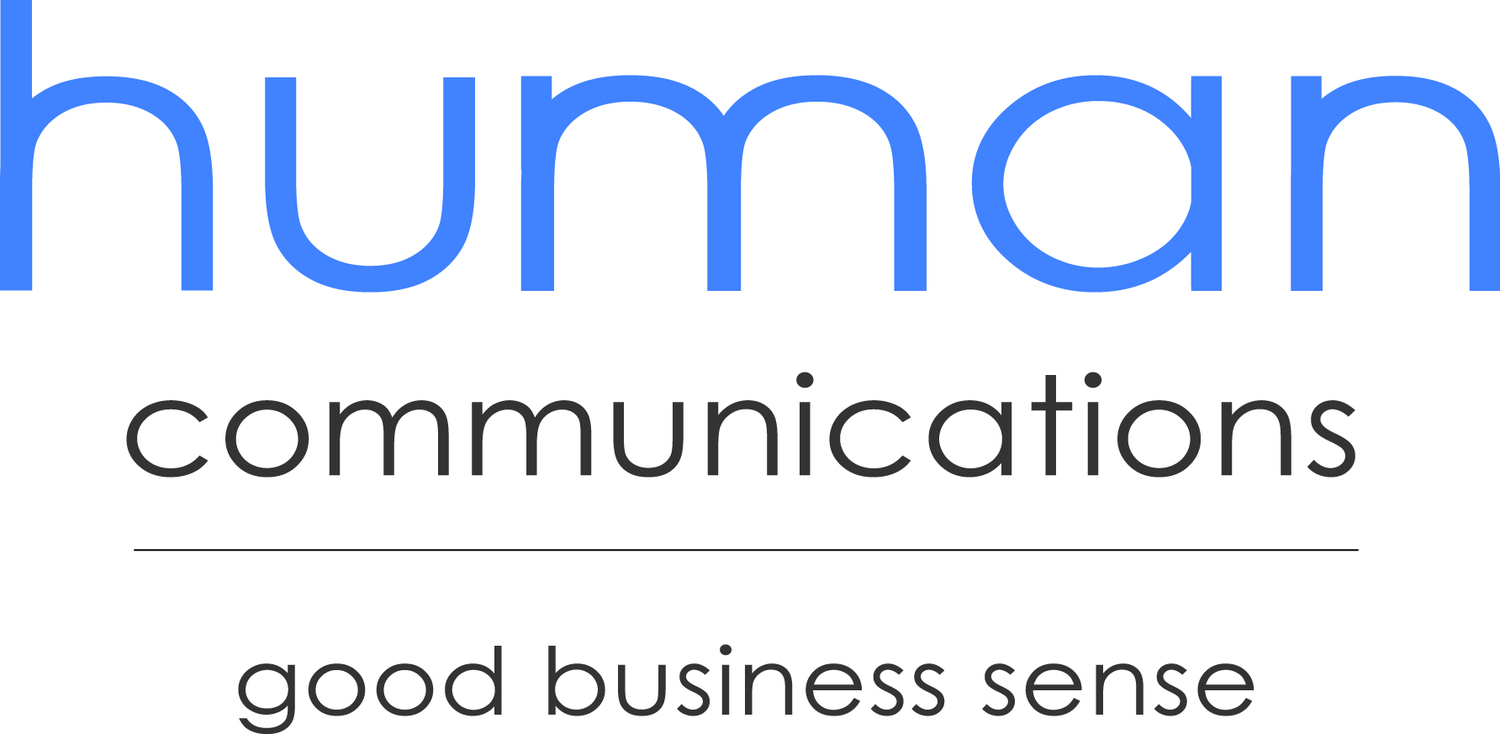Content in a changing media landscape
A recent article in the Financial Times – "PR and news boundaries are being redrawn" – provides a useful guide into how a changing media landscape is affecting the traditional roles of both the media and PR industries.
As well as noting the shifting ratio of PR people to journalists, the article also highlights the continued blurring of the lines between paid media, owned media, and earned media.
Historically, these distinctions might have referred to TV advertising (paid) vs. a customer magazine (owned) vs. a traditional public relations campaign (earned). Today, however, they are more likely to refer to Google ads, a company's website, and the sharing of content through social media.
And as the distinction between them becomes less clear, it is now content that drives them all, according to the Chief Executive of PR Newswire, Ninan Chacko, quoted in the article.
This focus on content provides opportunities for companies large and small, so continued media integration may seem like good news. But it also means that companies serious about their online success must increasingly commit to producing their own content. As the FT article notes, 'Whether media outlets like it or not, every company will have to become a content company.'
There is a huge opportunity for businesses prepared to invest their time and resources into doing so. And ongoing integration means that even the smallest firms can now attract attention by publishing their own articles, videos, and blog posts.
However, whether you're a regular content creator, or thinking about publishing your own content for the first time, the task can be daunting. So, what lessons are available for those charged with navigating this ever-changing media landscape?
First, it is not enough to rely on churning out content for the sake of it. As Chacko comments in the article, for businesses to compete successfully online, the process won't work "unless it's high-quality content."
This means always focusing on the needs of your current and potential customers. As the volume of content increases, search results and social media will flag up the most valuable content. And that is likely to be the content that answers the questions people are searching for. The more you can focus on providing useful answers, the better you will be able to demonstrate your value, and ultimately succeed online.
Consider also the format of your content. The increasing trend towards multimedia content means that even a simple press release can now include extra information and calls to action for those reading online. So think about your final reader or viewer, and tailor your content to the format most relevant to them.
Lastly, avoid the temptation to fill your content with overly corporate, jargon-laden marketing messages. As competition for readers and viewers increases, there'll always be someone with better content than yours. And too much corporate-speak is likely to push readers away. Instead, tell stories, ask questions, and keep the focus firmly on your customers' needs - and you won't go too far wrong.
What changes have you seen as traditional forms of media converge? What challenges have you faced in producing and delivering content online?

